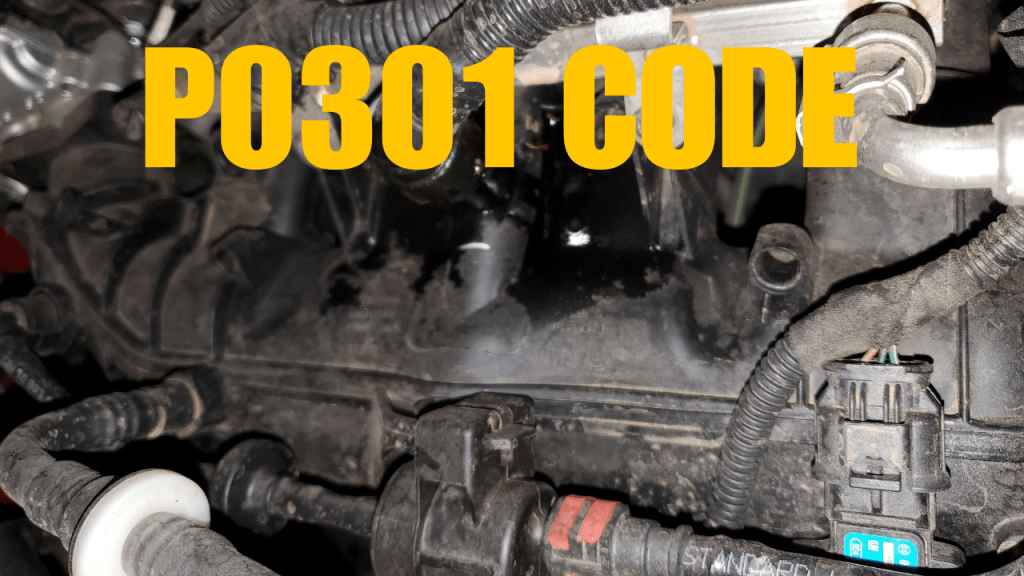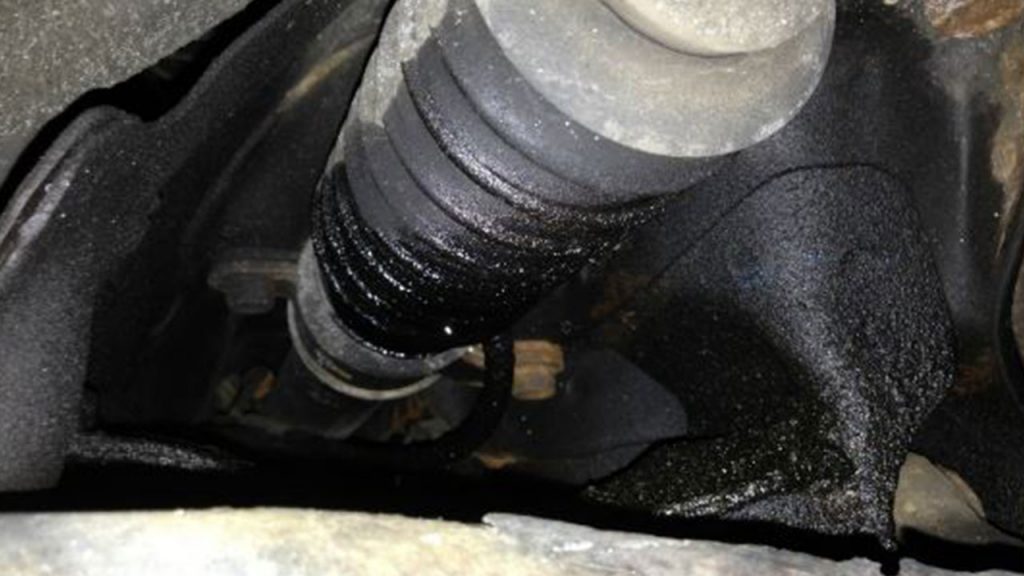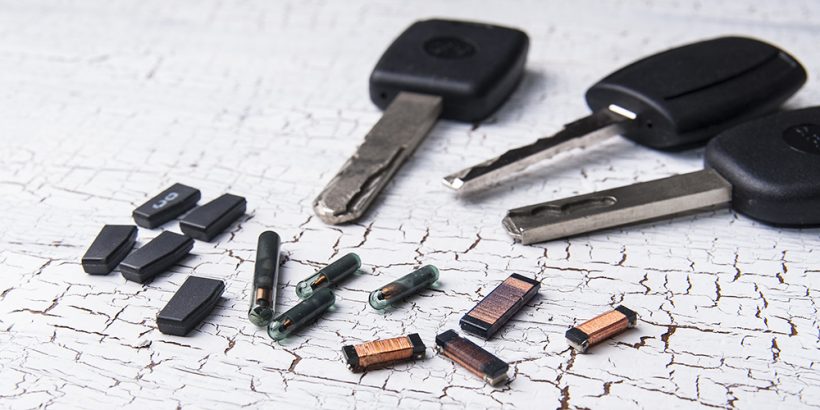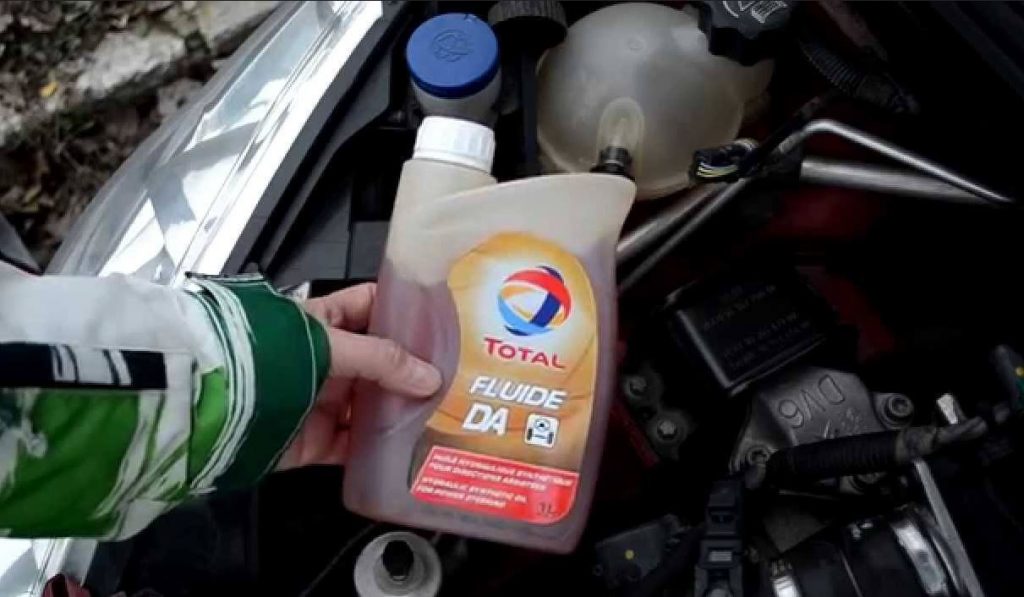If you’ve ever scanned your car and seen the code “P0301,” that’s not something you want to ignore.
It means your engine is misfiring in cylinder 1. And while that might sound minor, this kind of issue, left unchecked, can spiral into expensive repairs, loss of power, poor fuel economy, or even permanent engine damage.
In this article, I’ll show you how to understand, diagnose, and permanently fix the P0301 code step by step. I’ll also explain how long you can drive with it, what exactly causes a cylinder 1 misfire, and what’s different if you drive a Toyota, Ford, or Chevy.
And no, the fix isn’t the same for all cars.
P0301 Code FIXED: How to Diagnose Cylinder 1 Misfire (Toyota, Ford, Chevy )
Let’s start by breaking down what the P0301 code really means.
WHAT IS CODE P0301?
P0301 means “Cylinder 1 Misfire Detected.”
In simple terms, one of your engine’s cylinders, specifically cylinder 1, isn’t firing properly. Each cylinder in your engine has to ignite a precise mix of fuel and air at the right time using a spark. If anything’s off fuel delivery, spark strength, or compression, you get a misfire.
HOW TO SPOT A CYLINDER 1 MISFIRE
Real symptoms show up quickly:
Rough idling, especially on cold starts.
Shaking when accelerating.
The engine hesitates when you press the gas.
Check engine light blinking or staying on.
Noticeable drop in fuel economy.
Smell of unburnt fuel from the exhaust.
If you’ve got a scanner, it’ll likely say: P0301 – Cylinder 1 Misfire Detected.
You might also see P0300, or P0302 through P0304 for other cylinders. But today, we’re focusing just on cylinder 1.
WHAT CAUSES A P0301 MISFIRE?
Here’s what I’ve seen most often, based on hands-on experience:
Bad spark plug.
Failed ignition coil.
Worn-out spark plug wire, mostly on older cars.
Dirty or clogged fuel injector.
Vacuum leak near cylinder 1.
Low compression.
A faulty ECU or PCM is rare, but possible.
Cracked coil housing or boot allowing moisture in.
HOW TO FIX P0301 — STEP BY STEP
Let’s walk through the real-world way to fix this, starting with the cheapest.
STEP 1: CHECK THE SPARK PLUG
Pull the spark plug from cylinder 1.
Look at it. Is it fouled? Burnt? Covered in oil?
Swap it with another cylinder and see if the code moves.
If the misfire follows the plug, you’ve got your answer.
Fix? Replace all plugs with high-quality iridium or OEM plugs.
STEP 2: TEST OR SWAP THE IGNITION COIL
If your car uses coil-on-plug, switch it with another cylinder.
Clear the code, then run the engine.
If the misfire follows the coil, replace it.
Fix? Use OEM coils, Denso for Toyota, Motorcraft for Ford.
STEP 3: CHECK THE FUEL INJECTOR
Listen with a stethoscope or a screwdriver.
If it’s not clicking, the injector may be dead.
If it’s easy to reach, you can also swap injectors.
Fix? Clean it or replace it. Especially common in GM vehicles.
STEP 4: LOOK FOR VACUUM LEAKS
Spray brake cleaner around the intake near cylinder 1.
If the engine RPMs jump, you’ve got a leak.
Fix? Replace any cracked hoses or gaskets.
STEP 5: COMPRESSION TEST
Remove the plug, thread in a compression gauge, and crank the engine.
Compare PSI to the other cylinders.
Fix? If compression is low, you might need a valve job, new rings, or even a full rebuild.
STEP 6: INSPECT WIRING AND CONNECTORS
Look for damaged wiring or loose connectors to the coil or injector.
Especially important if you drive an older Ford or Chevy.
Fix? Repair or replace any damaged wires.
HOW LONG CAN YOU DRIVE WITH A P0301?
Short answer? Not long.
Driving with a misfire can destroy your catalytic converter.
It dumps raw fuel into your exhaust and causes long-term engine wear.
If the misfire is consistent and not just a cold-start fluke—stop driving.
BRAND-SPECIFIC FIXES
Let’s talk about what’s different depending on what you drive.
TOYOTA
Common failures are coil packs and injectors.
Cylinder 1 is usually the first one closest to the timing belt side.
Don’t mix coil brands Toyota engines don’t like it.
FORD
Most common culprit: ignition coils, especially on Ecoboosts and F-150s.
Look out for cracked boots and coils misfiring on cold starts.
CHEVY (GM)
Clogged injectors are frequent.
Some engines also suffer from wiring harness failures.
If you’re seeing a misfire plus timing codes like P0016, suspect the timing chain.
RELATED MISFIRE CODES
If you’re seeing P0300, P0302, P0303, or P0304, the diagnosis approach is similar.
But always start with the cylinder listed in the code P0301 means cylinder 1.
FINAL ADVICE
P0301 is your engine’s way of saying “something’s off.”
Fix it early, and it’s just a spark plug or coil. Wait too long, and you could end up with a destroyed catalytic converter or engine damage.
In most cases, it’s one of four things: spark, coil, injector, or vacuum.
Tackle it in that order, and you’ll fix the misfire and clear the code.
Let me know what vehicle you’re working on down in the comments, and I’ll give you tips specific to your car.
And if this helped you save money or avoid the shop, give it a like. See you in the next one.













